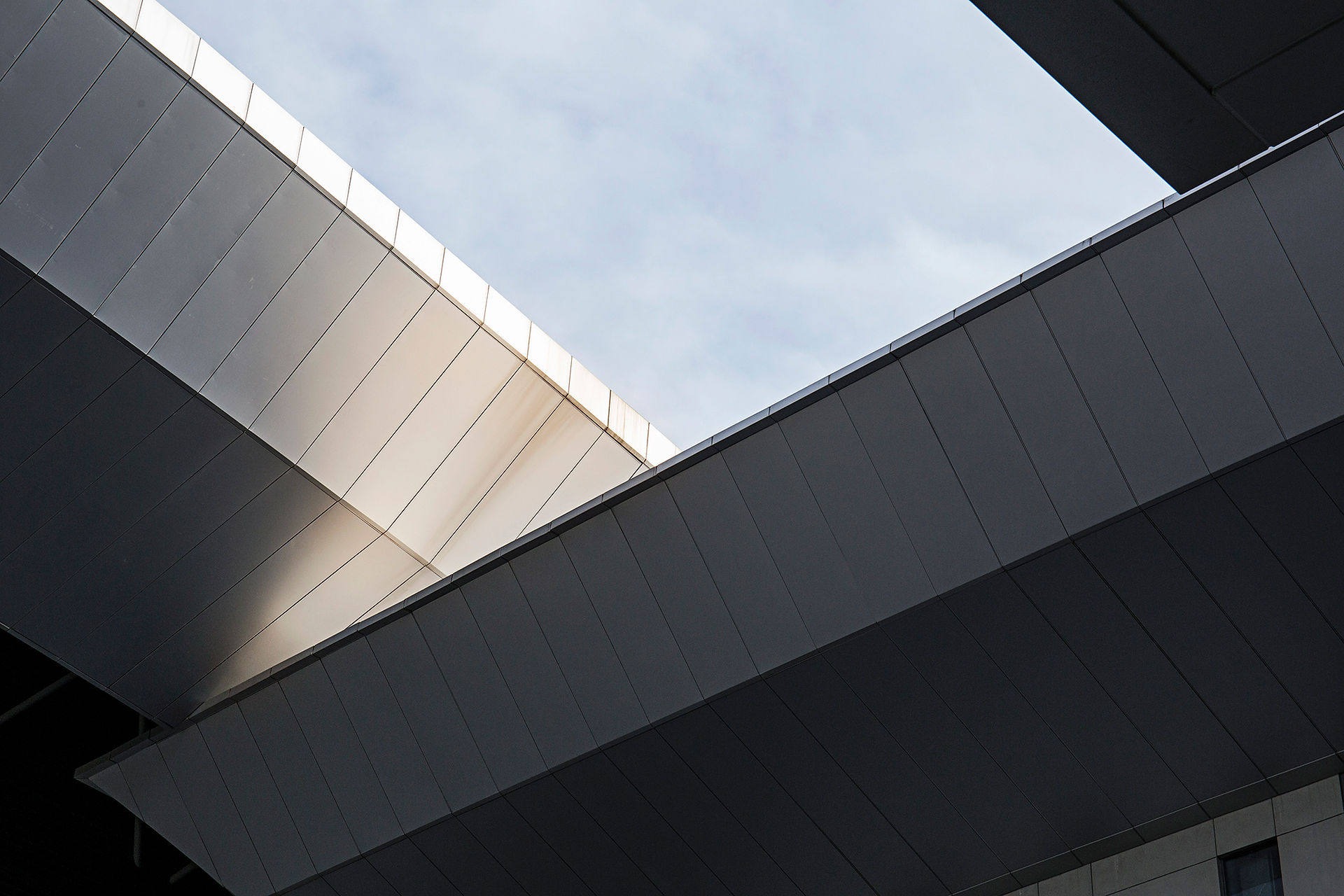The Future of Bio-Based Materials
- Architectural Engineering Consultants
- Jun 3, 2024
- 3 min read
This article explores into the diverse range of sustainable materials available today, exploring their origins, benefits, and applications. It also provides insights into the broader implications of adopting these materials, focusing the need for collaboration across the industry, ongoing innovation, and supportive policy frameworks. Through a comprehensive review of existing research, case studies and emerging materials trends, we seek to analyze the opportunity and challenges inherent in the integration of bio-based materials within architectural practice. Through analysis and synthesis, this publication endeavors to inform and inspire architects, designers, engineers, policymakers, and industry stakeholders to embrace biobased materials as catalyst of sustainable innovation.
Bio-based materials, sourced from agriculture, nature, earth, and water, are revolutionizing the construction industry. The built environment plays an important role in shaping our daily lives, and the materials used in construction and related industry have profound implications for both the planet and its inhabitants. With growing concerns about climate change and resource scarcity, there is a pressing need to rethink traditional paradigms and embrace more sustainable alternatives. Bio-based materials offer a solution to this challenge, drawing inspiration from nature’s own toolkit to create innovative solutions that minimize environmental impact without compromising performance.
From biopolymers to façade of mycelium panels, the possibilities are exciting. These materials are transforming the entire industry, offering sustainable alternative to traditional options. Bioplastics, sourced from agricultural resources like corn or sugarcane, are finding applications in insulation, roofing and cladding. The effectiveness in reducing reliance on fossil fuels, mitigating environmental impact, and offering durability comparable to traditional materials. Natural finishes and coating, such as clay and lime sourced from the earth, contribute to healthier indoor environments with low VOC emissions.

Bio-based materials significantly reduce reliance on finite resources and help mitigate environmental impact. By utilizing renewable resources, such as bamboo, straw, and hemp, these materials contribute to a more sustainable built environment. Unlike traditional construction materials like concrete and steel, which have high carbon footprints, bio-based materials have lower embodied energy and carbon emissions, making them a more environmentally friendly choice. One of the most significant advantages of bio-based materials is their contribution to improved indoor air quality. Many traditional construction materials release volatile organic compounds (VOCs) and other harmful chemicals into the air, leading to health problems for occupants. Bio-based materials, such as wood, cork, and straw, are natural and non-toxic, making them ideal choices for ensuring healthy indoor environments.
Bio-based materials also play a crucial role in improving the energy efficiency of buildings. Materials like cork, cellulose, and wool offer excellent thermal performance, reducing the need for heating and cooling. By providing better insulation, bio-based materials help lower energy consumption, resulting in reduced utility bills and lower carbon emissions. Bio-based materials often have natural textures and colors, promoting biophilic design principles. Biophilic design aims to connect occupants with nature, leading to improved well-being and productivity. Bio-based materials have the unique ability to store carbon, helping to reduce the carbon footprint of buildings. Wood, for example, acts as a carbon sink, sequestering carbon dioxide from the atmosphere and storing it for the life of the building.
In the context of construction industry, bio-based materials can have several benefits over conventional ones:
o They are renewable and can be sustainably produced long- term;
o They can naturally absorb carbon from the atmosphere during cultivation, contributing to climate change mitigation;
o They promise performance gains in terms of moisture absorption and breathability;
o They are generally less harmful to people and the natural environment in terms of pollutant emissions;
o They can be disposed of more easily and sustainably at their end of life.
In terms of cost, bio-based products can be more expensive than their traditional counterparts, but this is in part due to the lack of economies of scale in their manufacture. To drive prices down, there is a clear need to foster demand and upscale production capacity.
As research and development continue to advance, the future of sustainable architecture looks inspiring, with bio-based materials leading the way toward a better and more resilient world.
Please contact us to start a conversation about how our consulting services can support you.
For more information about the publication: Bio-Based Materials in Architecture and Design please reach us to: aec@aecideas.com
































Comments